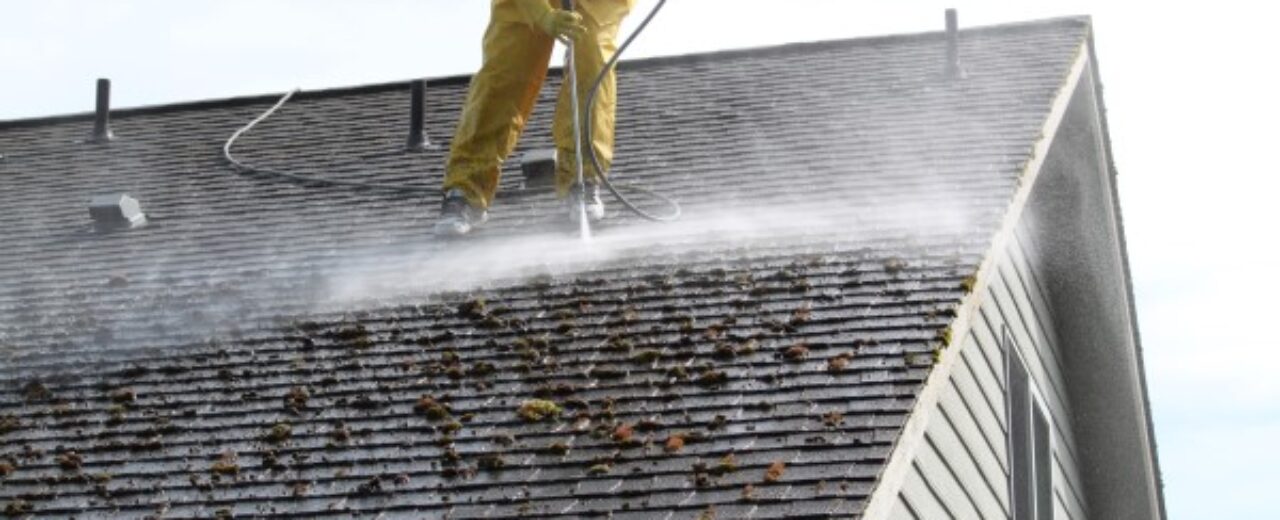Why You Should Never Power Wash Your Roof: What Homeowners Need to Know
Your roof is one of your home’s most important—and expensive—parts. It protects you from the elements, helps regulate indoor temperatures, and adds curb appeal. So it makes sense to want to keep it clean and looking its best. But if you’re thinking about power washing your roof to blast away dirt, moss, or algae, stop right there. Power washing may seem like a quick fix, but it can do more harm than good. Here’s why you should never power wash your roof—and what to do instead.
1. It Can Damage Your Shingles
Asphalt shingles are designed to be durable, but they aren’t meant to withstand the intense pressure of a power washer. The high-pressure water stream can strip away the protective granules that help your roof shed water and resist UV rays. Once those granules are gone, your shingles can deteriorate quickly, leading to leaks, curling, or premature failure. Even on tile or metal roofs, the force of a power washer can crack tiles or bend flashing and seams.
2. It Voids Warranties
Many roofing material manufacturers explicitly state that high-pressure washing will void your roof’s warranty. If your roof is still under warranty and you decide to power wash it, you may lose coverage for future repairs or replacements. Always read the fine print of your roofing warranty before performing any cleaning or maintenance.
3. It Can Lead to Water Intrusion
Roofs are designed to shed water, but cannot withstand being driven underneath the shingles at high pressure. Power washing can force water into the underlayment, attic, or even the interior of your home. This can cause mold growth, insulation damage, or rot in your roof decking—all of which are expensive to repair and often hidden until the problem becomes serious.
4. It Doesn’t Solve the Root Problem
If you’re noticing black streaks, moss, or algae on your roof, power washing might temporarily make it look better, but it doesn’t stop the growth from returning. Algae and moss thrive in damp, shaded environments and feed on the limestone filler in shingles. You need a more sustainable approach to get rid of them for good.
5. There Are Safer Alternatives
The better alternative to power washing is a low-pressure or soft wash method. This involves applying a biodegradable cleaning solution that gently loosens algae, moss, and grime without damaging your shingles. After the solution has time to work, the roof can be gently rinsed with low-pressure water, keeping everything intact while restoring the roof’s appearance.
Final Thoughts
Cleaning your roof is essential for its longevity and appearance, but how you do it makes all the difference. Power washing might seem like a fast solution, but it can quickly turn into a costly mistake. Always choose a method that protects your roof’s structure and materials. If in doubt, hire a roofing professional who understands the safest and most effective ways to clean your roof type.
Protect your investment—skip the power washer and use a gentler, more innovative solution.


